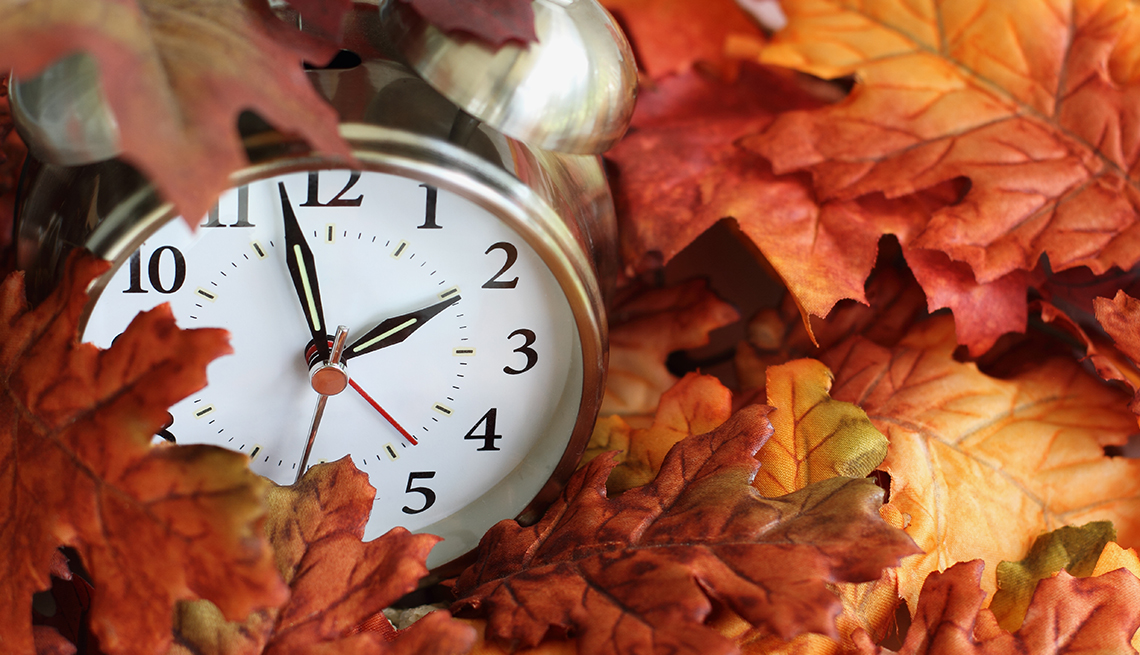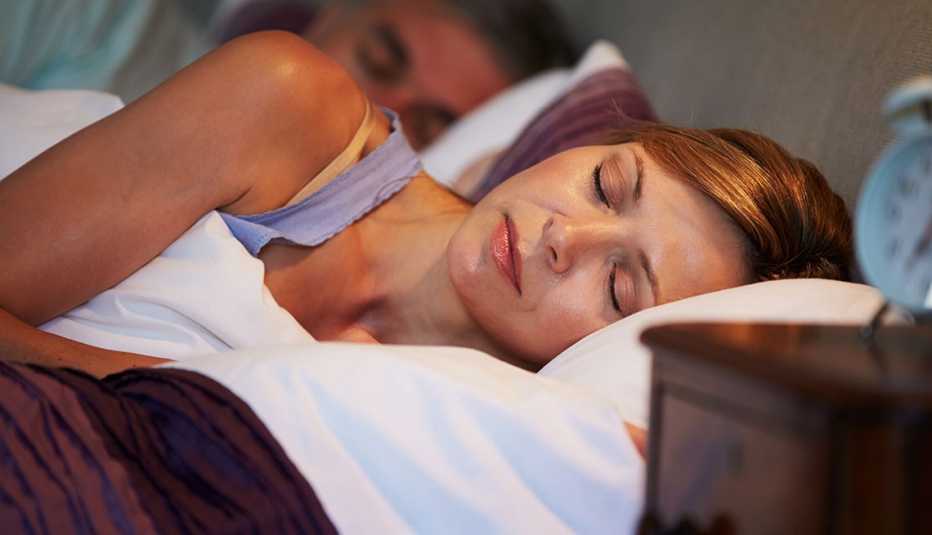AARP Hearing Center
Office workers bemoan driving home in the dark. Night owls relish the chance to sleep in. As clocks tick toward the end of daylight saving time, many sleep scientists and circadian biologists are pushing for a permanent ban because of potential ill effects on human health.
Losing an hour of afternoon daylight sounds like a gloomy preview for the dark winter months, and at least one study found an increase in people seeking help for depression after turning the clocks back to standard time in November — in Scandinavia.
Research shows the springtime start of daylight saving time may be more harmful, linking it with more car accidents, heart attacks in vulnerable people and other health problems that may persist throughout the time change.
Here's what science has to say about a twice-yearly ritual affecting nearly 2 billion people worldwide:
Sleep effects
Time changes mess with sleep schedules, a potential problem when so many people are already sleep deprived, says Phyllis Zee, M.D., a sleep researcher at Northwestern Medicine in Chicago.
About 1 in 3 U.S. adults sleep less than the recommended seven-plus hours nightly, and more than half of U.S. teens don't get the recommended eight-plus hours on weeknights. One U.S. study found that in the week following the spring switch to daylight saving time, teens slept about 2½ hours less than the previous week. Many people never catch up during the subsequent six months.
Research suggests that chronic sleep deprivation can increase levels of stress hormones that boost heart rate and blood pressure, and of chemicals that trigger inflammation.
Heart problems
It has also been shown that blood tends to clot more quickly in the morning. These changes underlie evidence that heart attacks are more common in general in the morning, and may explain studies showing that rates increase slightly on Mondays after clocks are moved forward in the spring, when people typically rise an hour earlier than normal.
That increased risk associated with the time change is mainly in people already vulnerable because of existing heart disease, said Barry Franklin, director of preventive cardiology and cardiac rehabilitation at Beaumont Health hospital in Royal Oak, Michigan. Studies suggest that these people return to their baseline risk after the autumn time change.



































































